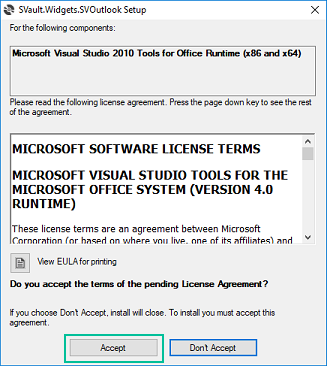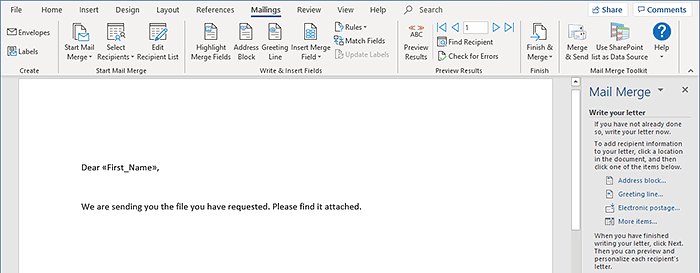

And lo and behold, the email went through the filters.
:max_bytes(150000):strip_icc()/01-4-ways-to-get-access-to-blocked-attachements-in-outlook-00b4956865f84b51987379c98bd1c1de.jpg)
Lastly I decided to change the file extension of the executable, from exe to txt. I did some experiments with different encryption formats, and found out that 7-zip files that contain executable files can be send, while more common extensions like zip or gz are blocked. Gmail was still blocking the email from being send.

Both options did not yield the desired result. Next thing I tried was to zip the executable file and apply a password to the file to see if that would bypass the executable file filter which it did not as well. The very same message was displayed and the email failed to send. I first tried zipping the file to see if that was enough to bypass the file filter on Gmail. Then again, I prefer a more straightforward approach. Sure, I could for instance upload the executable file to a file hosting website like Mediafire, and copy and paste the share file url in the email instead.


 0 kommentar(er)
0 kommentar(er)
